Most will agree that renewables are a necessary part of our energy future, but solar and wind alone are not enough. In this post we
A technology brief on tidal energy technologies that convert energy from ocean tides and currents
Tides are periodic changes in the height of the ocean surface at particular places on the planet caused by the gravitational force of celestial bodies and the inertia of our planet as it spins. Tidal energy refers to the potential energy entrained in water due to elevation differences between high and low tide, or to the kinetic energy due to a mass of moving water as the tide ebbs and flows.
Lunar gravity causes our planet’s oceans to bulge in the direction of the moon. Simultaneously, and on the opposite side of the planet inertia causes a similar bulge. We call these bulges high tide, and the troughs between them are low tide. In some places in the world, the difference between high tide and low tide can be significant, for example check out this time lapse of the tide at the Bay of Fundy which has one of the largest tidal ranges in the world. Given that tides are created by the predictable orbit of the moon around the earth it makes them extremely reliable and very easy to predict – ideal traits for a renewable energy source. Tides have natural rhythms, or phases, which are determined by their location and local geologic features.
As the water is pulled either due to inertia or gravity it creates a current. If the tidal flow is restricted by natural features it will increase the velocity of the fluid, just like when you cover the opening of a hose with your finger to get a more powerful stream. The power available to a tidal turbine exposed to a fluid flow is given by the equation:
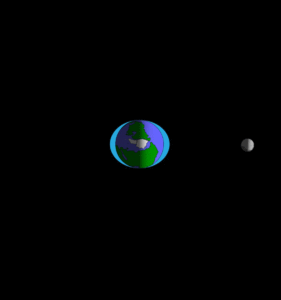
P = ½ A ρ V³
In the equation above, P is the power in watts, A is the area swept by the tidal turbine in square meters, ρ is the water density in kilograms per cubic meter (1,000 kg/m³ for freshwater and 1,025 kg/m³ for seawater), and V is current velocity expressed in meters per second. This equation also applies to wind turbines. Notice that power is directly proportional to the cube of the current velocity, the turbine size, and density of the fluid. So even a modest increase in the current can have a tremendous effect on the available power, likewise increasing the size of the turbine can also increase power. Seawater and air are both fluids, but the former is approximately 800 times more dense than the latter which means that for a given fluid velocity and turbine size, water will pack much more energy.
Generally, we look for locations that have a current velocity of at least 1.5 meters/second to be considered a worthwhile resource for tidal energy extraction.
Tidal energy is constrained to specific locations where the current velocity is high enough, at least 1.5 meters per second (m/s), but better efficiency is achieved at 2 or 3 m/s. According to researchers from the US Department of Energy, in the United States there is an estimated 368 Terawatt-hours of annual energy available from tides, rivers, and ocean currents in the territorial waters of the US. This equates to about 9% of annual total electricity consumption in the US. The US tidal resource is far less than wave energy, due largely to the geographic constraints.
Globally, an estimated 29,500 Terawatt-hours of energy could be produced from ocean waves annually according to the The Intergovernmental Panel on Climate Change (IPCC).
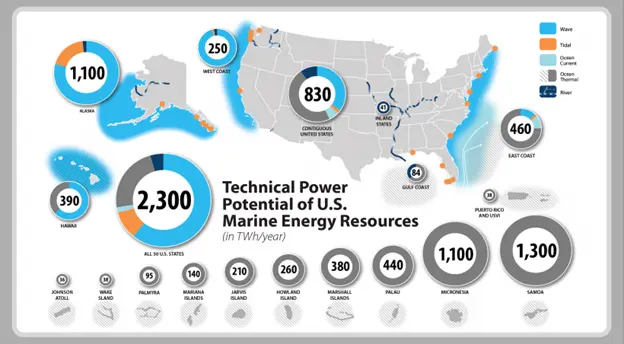
Tides are largely driven by lunar cycles which makes them extremely reliable and very easy to predict. Unlike solar and wind which are difficult to predict even six hours in advance, tides can be accurately forecasted years and even decades in advance. This makes it much easier to integrate them into the electrical grid.
Another benefit of tidal currents is their high energy density. As noted above, water is approximately 800 times more dense than air so even modest velocities of 2 m/s (about 4.5 mph) can pack a lot of energy.
There are three general methods to used to harvest tidal energy: tidal stream generators, tidal barrages, and tidal lagoons. Tidal stream generation is akin to the traditional wind turbine, and like wind turbines they rely on the kinetic energy of the fluid to generate power. Just as the name implies, with a tidal stream generator a tidal turbine or similar technology is placed within the tidal flow, or stream of moving water. The moving mass of water acts on the harvesting system and imparts its energy. Tidal stream generators are one of the more common ways to harvest tidal energy and have multiple design archetypes, or generic designs: including axial turbines, oscillating hydrofoils, crossflow turbines, and or tidal kite systems. Tidal barrages and lagoons are other types of tidal energy harvesting systems. These systems are discussed in more detail in the sections that follow.
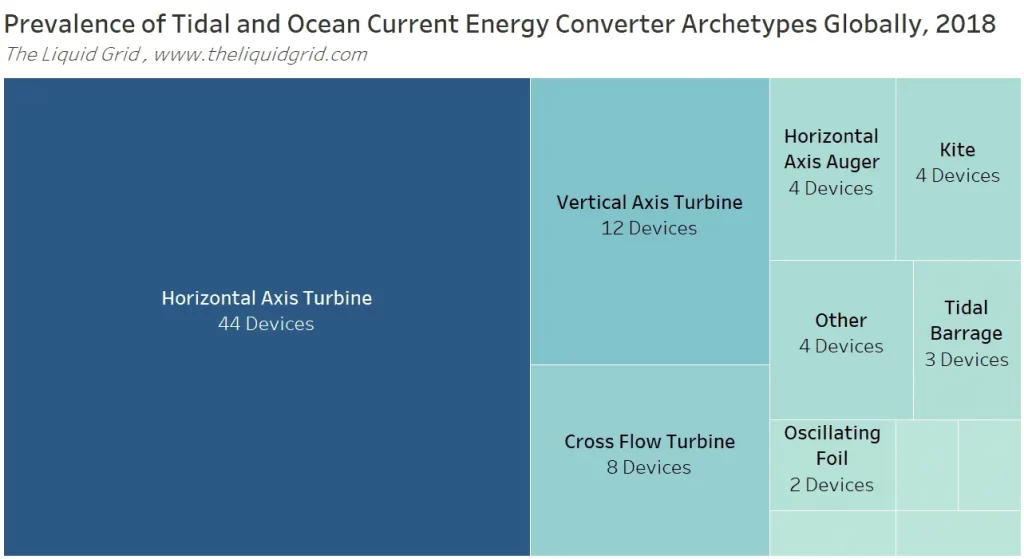
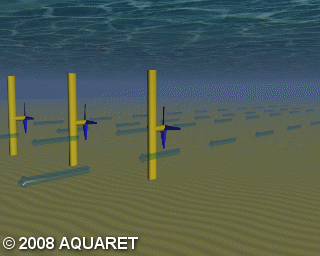
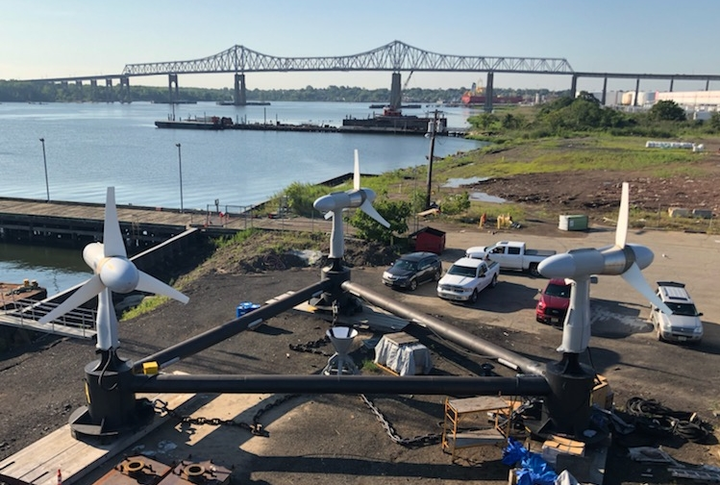
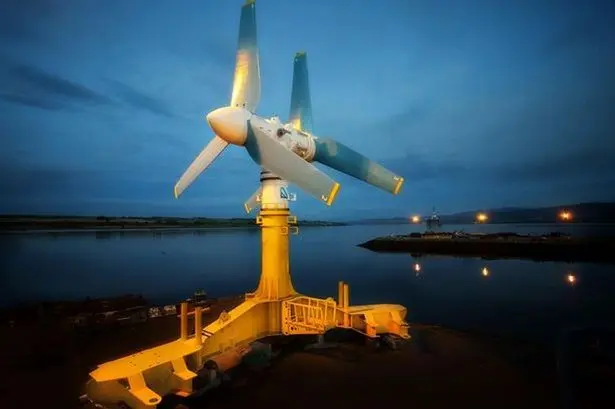
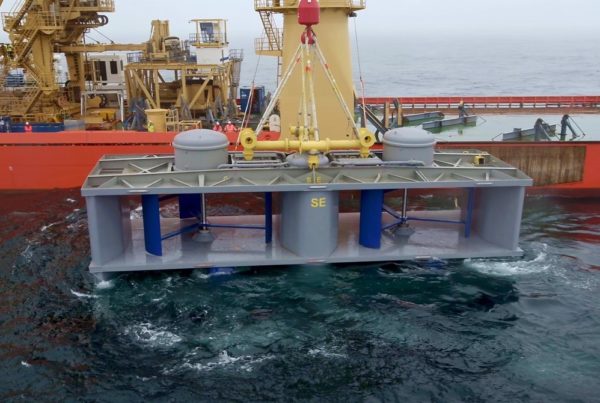
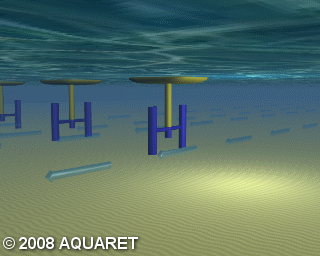
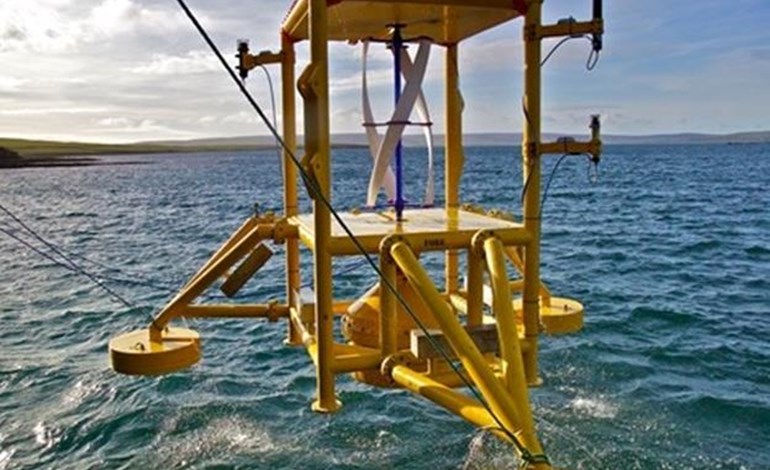
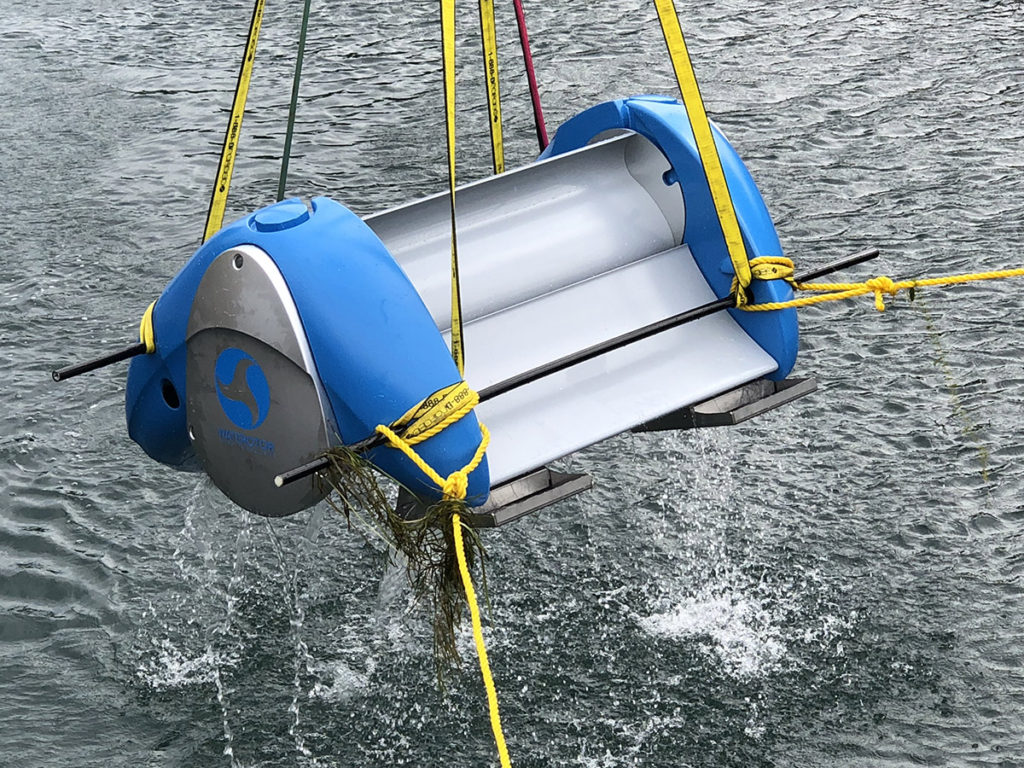

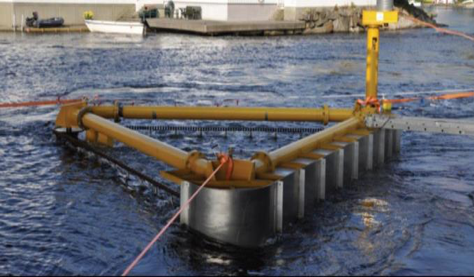
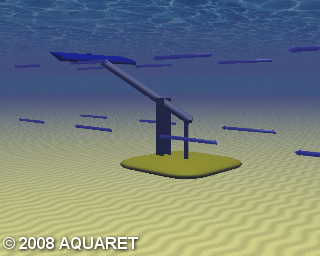
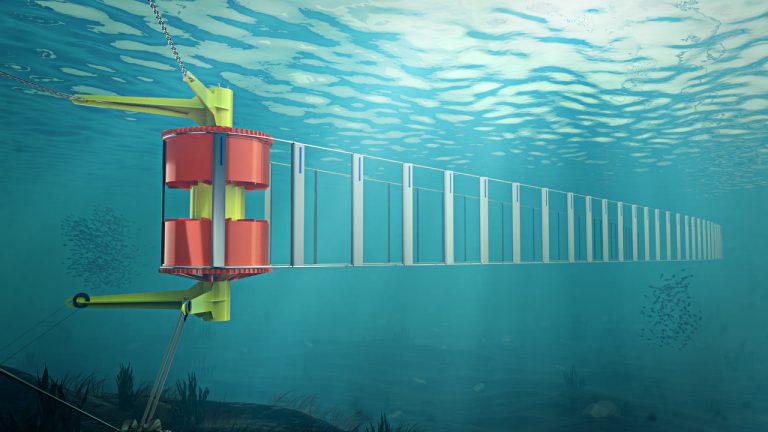
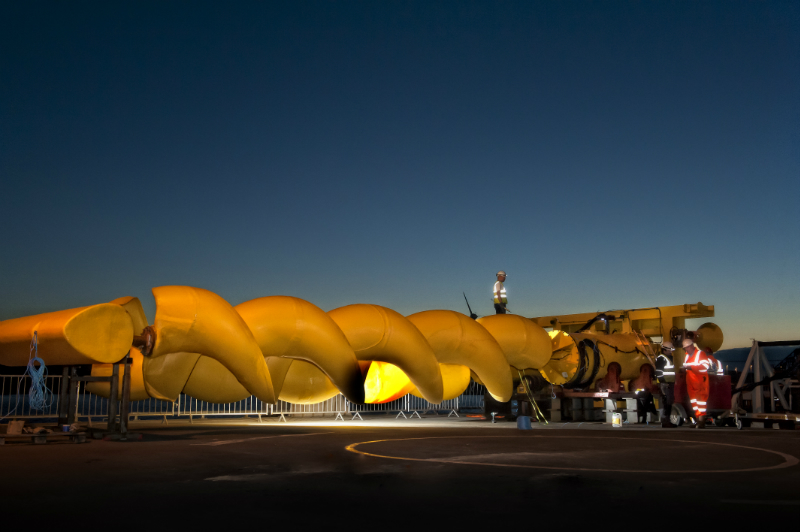
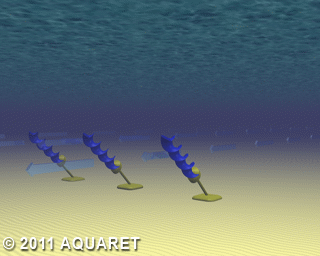
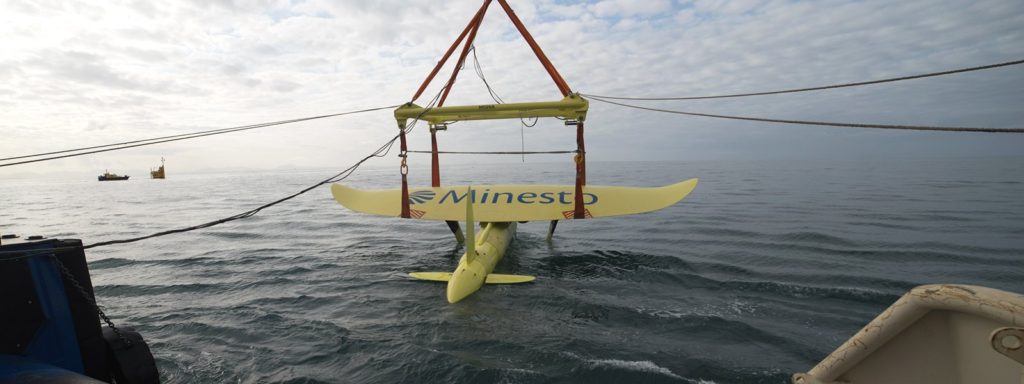
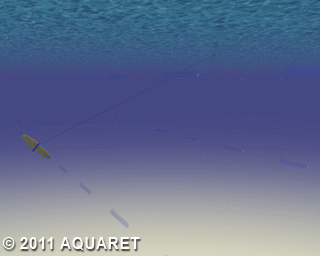
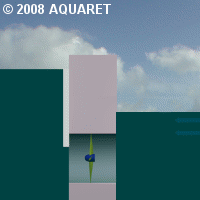
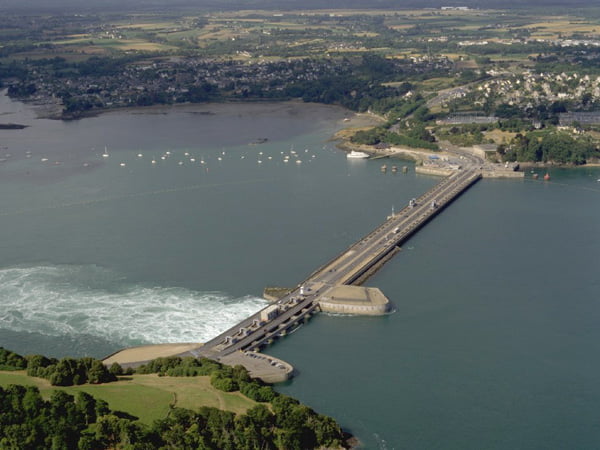
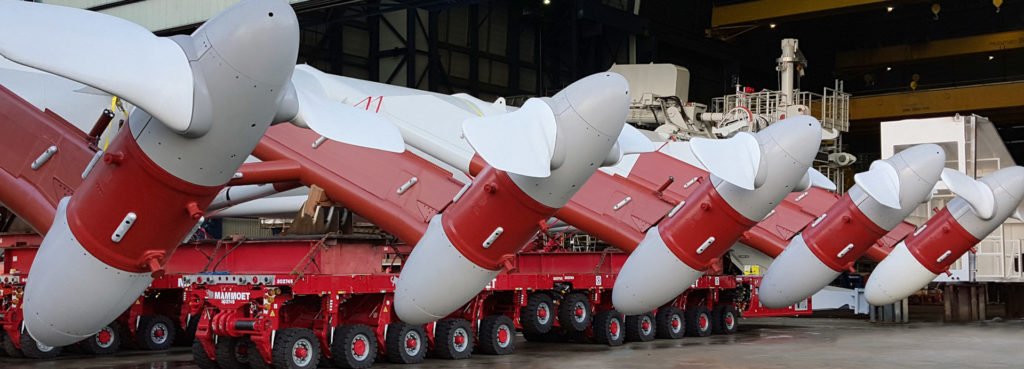

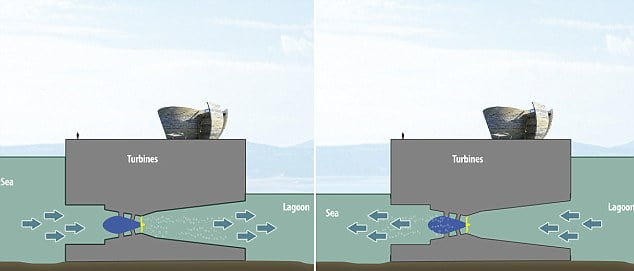
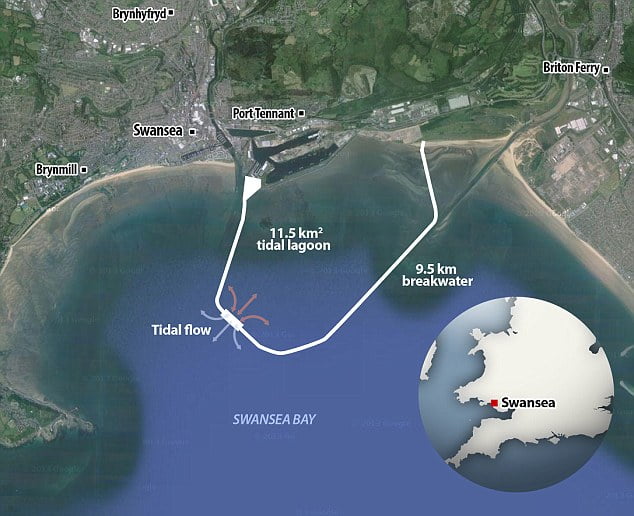
Explore dozens of different devices in the interactive data visualization below. To read a description of each technology, click on the row of interest. To visit the company’s webpage, click on the colored squares in each row. The visualization is best viewed on a laptop or PC.
Most will agree that renewables are a necessary part of our energy future, but solar and wind alone are not enough. In this post we
All energy harvesting technologies have evolved from fixed-bottom to floating systems via two distinct phases, some remarkably quickly.
For ocean energy start-ups working on hard tech, raising funds can be more difficult than building the technology. Crowdfunding can help. Over the past decade more than 30,000 investors have contributed $69 million to ocean energy crowdfunding campaigns, and just two tidal companies account for half of the total funds. Read on to see ocean energy crowdfund trends of the past decade.
The European Marine Energy Center (EMEC)
International Energy Agency – Ocean Energy Systems (IEA-OES)
U.S. Department of the Interior, Bureau of Ocean Energy Management (BOEM)
U.S. Department of Energy, Water Power Technologies Office (WPTO)
The Portal and Repository for Information on Marine Renewable Energy (PRIMRE)
MHKiT is open-source software, developed in Python and MATLAB, that provides the international marine renewable energy (MRE) community with tools for: data processing; data visualization; data quality control; resource assessment; device performance; and device loads
Thanks for subscribing to The Liquid Grid! You’ll receive email updates when new articles are posted.